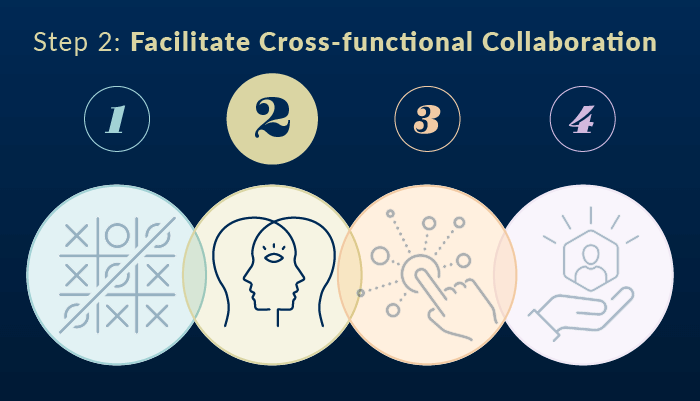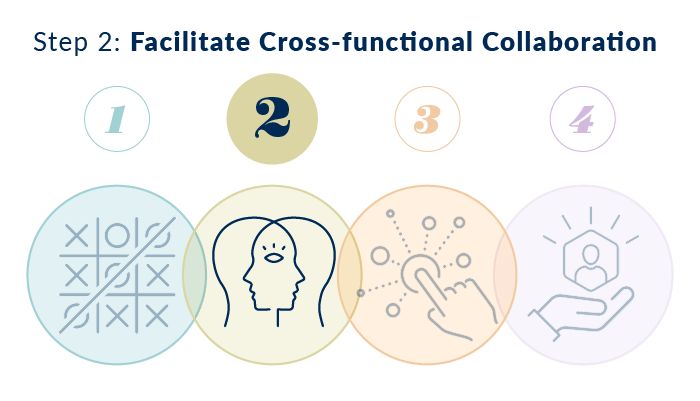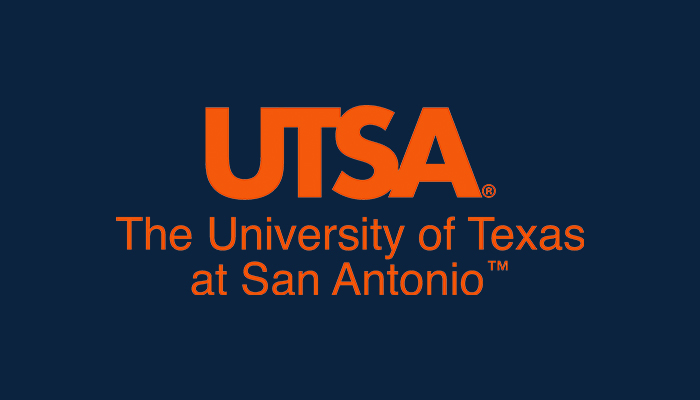
Align Teams to Deliver Fiscally Sustainable Student Services
Share this Post
The widely accepted belief that student success is a responsibility shared by the entire campus, rather than just traditional student services, is challenging to implement. Silos persist, differing definitions of student success hinder collaboration, and institutions struggle to establish a consistent and centralized knowledge base.
There are numerous collaboration models in higher education, and each institution must create a model that suits its identity and needs. Our research into how institutions develop financially sustainable student success models has highlighted the crucial importance of cross-functional collaboration. Cultivating a culture of intentional collaboration is a vital aspect of achieving a return on investment in your student success model, which, in turn, supports the long-term financial stability of your institution.

Here we delve into the second step of a responsive, strategic approach to student success, which has yielded significant returns on investment (4-5 times ROI) for some of our partner institutions. In this step, leadership teams facilitate cross-functional collaboration by establishing alignment around a shared definition of student success. They do so by leveraging a robust and centralized source of knowledge and empowering teams with actionable intelligence through a platform designed for coordinated student success.
Achieving Financial Stability Leadership Brief
Build Alignment Around a Shared Vision of Student Success
Competing perspectives on student success and how to achieve it present a serious challenge to effective cross-functional collaboration.
EDUCAUSE’s A Framework for Student Success Analytics encourages campus leaders to understand the prevailing perspectives among different campus stakeholders. “When each group has a different idea of what student success means, communication and collaboration can become challenging.”
These competing approaches can stand in the way of coordinated student success across campus. Achieving alignment does not necessarily require moving to a more centralized model, although some leaders find this approach to work on their campuses. Instead, effective collaboration starts by building a shared vision for student success throughout the institution.
The University of Cincinnati (UC) has embraced a shared student success approach that ensures a graduation plan and enhanced career education for all students. Incorporating career planning into student success speaks to the institution’s history as the innovator of cooperative education. UC’s definition of student success necessitates holistic, cross-functional collaboration as advisors and career educators work with students on integrated graduation and professional development plans.
Having a shared definition of student success and building alignment around that definition takes time and effort and must be an ongoing process. Institutions like UC that have progressed in cross-functional collaboration see significant gains in student outcomes from their investment in this important step.
Proactive Student Success Culture Improves Outcomes for All at the University of Cincinnati
Leverage a Robust, Centralized Source of Knowledge
Gaining consensus among the various stakeholders involved in student success–faculty, administrators, and student support staff–to adopt a unified approach and shared technologies requires intentional coordination.
The results are worth the effort. When campuses embrace a single source of knowledge, proactive student support becomes more feasible.
For example, advisors at Lorain County Community College (LCCC) developed a deep understanding of their students’ needs by actively monitoring persistence predictions through the Civitas Learning Student Impact Platform. This proactive approach enabled them to identify and address issues before faculty members submitted alerts. Empowering advising to proactively reach out to students helped LCCC successfully avoid enrollment declines many other two-year colleges have faced in recent years.
Among the institutions we’ve studied, those with the highest ROI from their student success model consistently coordinate around shared student information. Their faculty and student success teams can easily input and access information to coordinate efforts and facilitate proactive student outreach and follow-up.
How Lorain County Community College Uses Analytics to Reach Persistence and Graduation Goals
Empower Teams to Coordinate Efforts with Actionable Analytics
Another key element to developing effective coordination across campus is providing faculty and staff access to actionable analytics through user-friendly dashboards. This enables them to swiftly identify students who require assistance and take proactive action to intervene. Cross-functional collaboration can thrive when a single platform can be utilized for streamlined communication and coordination of student care throughout the campus.
From the beginning of its campus-wide efforts around student success, the University of Texas at San Antonio (UTSA) laid a firm foundation for data-activated collaboration. At UTSA, intelligent case management and communication capabilities enable campus leaders, faculty, advisors, and student success professionals with the insights and tools to eliminate inefficiencies, ease capacity constraints, and coordinate student care across departments.
By embracing a unified vision for student success and implementing structures that encourage collaboration, UTSA has built an ecosystem of collective support that truly meets the needs of its diverse student population. This innovative approach continues to result in significant gains in both student and institutional success.
UTSA Achieves 16% Retention Lift with Data-Activated Student Support Ecosystem
Foster Data-Activated Coordination to Achieve Financially Sustainable Student Success
To achieve financial stability, leaders must adopt data-activated student success models that improve student outcomes and generate net tuition revenue. This means finally removing the siloes and competing approaches that stand in the way of coordinated student success.
Institutions making significant strides in their student success initiatives have achieved alignment around an institutional definition of student success and the strategies that will help students achieve it. Their administrators, faculty, and staff recognize the importance of a centralized source of knowledge and have agreed to share access to data systems to better coordinate student care.
By facilitating cross-functional collaboration, higher education institutions can achieve holistic, proactive support at scale while generating positive ROI to ensure long-term fiscal health.






